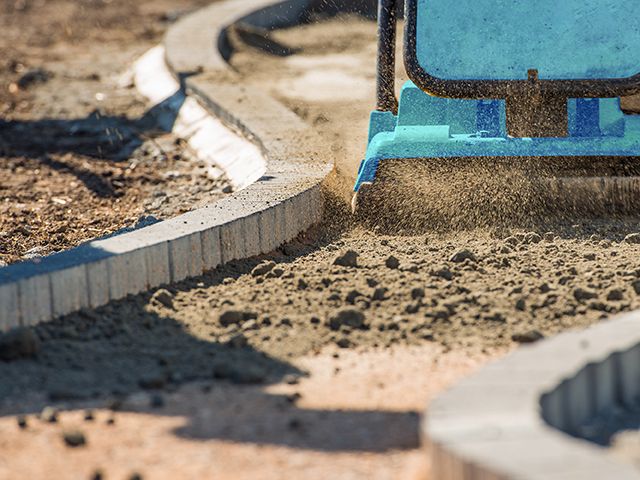How do I know if I’m compacting correctly? 95% compaction explained
13 Aug 2019

Essential when it comes to building roads, block walls, driveways or even paths in the backyard, proper compaction creates a firm and stable base that can stand up to whatever you build on top of it. Properly compacted soils are stronger because there is less space between soil particles. So, by applying pressure to the surface with impact or vibration, it’s possible to remove air and water; resulting in soil that can support greater loads without becoming unsettled.
Find out more about the science behind soil compaction in our previous article.
Make sure you have the right equipment
The first steps to proper compaction are an understanding of the soil you’re working on and the best product for the job. Excluding organic soils (that aren’t suitable for compaction), there are two types: granular and cohesive. Each are made up of different particles and behave differently when forces are exerted upon them. And by being able to recognise these differences you’ll be able to confidently choose the equipment you’ll need too.
We speak about them in more detail in this article. But what you need to remember is that granular soils are compacted best by plate compactors and cohesive soils are best compacted by trench rammers or vibratory tampers.
Measure your progress
To understand how much compaction your soil requires, one common test to determine its maximum density is the Proctor Test. It requires a few calculations, but it works in two parts. The first part determines the maximum density achievable, and the second uses that result as a reference to factor in moisture as well. It’s important to incorporate moisture because the right amount provides particles the ability to ‘stick’ to each other under pressure.
A result of 95% is what is considered best practice; which means the soil density must be within 5% of its maximum achievable compaction. And here in New Zealand, we have our own defined standard and method for testing that you can find here.
At OMC, we have equipment geared to both types of soils. However, the simplest way to think of it is to choose a plate compactor for granular soils and trench rammers or vibratory tampers for cohesive soils.